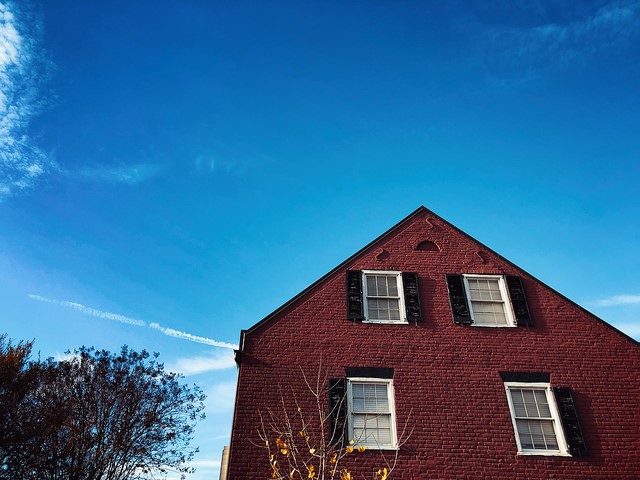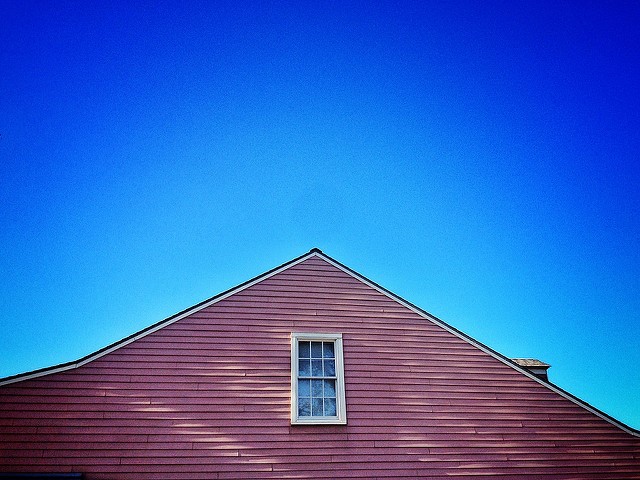What Drives Today’s Home Buyer

How Single-Family Rentals Slowed 1st Time Buyers
If you spend any time reading about real estate, you know that there has been a lot of discussion recently about inventory and first-time home buyers. Specifically, there are fewer homes available for sale and fewer first-time home buyers active in the market than is considered typical. Of course, there are many reasons that both of these things are true. Among them, slower-than-normal new home construction, student loan debt, and rising rent all play a role. But, according to a recent analysis from Zillow, there’s another reason that there are fewer homes on the market and fewer young people buying. According to the analysis, many of the affordable homes that would typically sell to first-time buyers were purchased by investors after home prices plummeted following the housing crash. These houses were then converted into rental properties. This, combined with rising demand for single-family rentals, has led to a six percent increase in the number of single-family homes rented out between 2007 and 2016. In short, there are fewer affordable homes to buy in many markets because those homes are currently being occupied as rental units. More here.
How To Know When It’s Time To Move
Americans Feel Optimistic About Home Buying
An increasing number of Americans say they feel now is a good time to buy a house, according to the most recent Home Purchase Sentiment Index from Fannie Mae. The index – a monthly measure of how consumers feel about real estate, home prices, mortgage rates, job security, and their financial situation – is now nearing its all-time high, reached in September. Doug Duncan, Fannie Mae’s chief economist, says Americans’ perception of the real estate market is improving. “In November, the HPSI rebounded to near its all-time high, returning the index to its gradual upward trend and suggesting fairy stable consumer home-buying attitudes,” Duncan said. “These results are consistent with our expectation that the housing market will continue its modest expansion going forward.” Among respondents, there was a 7 percent increase in participants who said now was a good time to buy a house and a 4 percent increase in the number who feel it’s a good time to sell. More here.

Nearly 60% Of Homes Within Reach of Typical Buyer
Not surprisingly, affordability ranks high among home buyers’ concerns. Rising prices and rumors of future mortgage rate increases have some prospective buyers questioning whether or not they can handle the financial obligations that come along with homeownership. However, new data from the National Association of Home Builders says, in most markets, they can. That’s because, the NAHB’s quarterly measure of affordability found 58.3 percent of new and existing homes sold between the beginning of July and the end of September were affordable to families earning the median income of $68,000. That’s encouraging news for hopeful home shoppers. And, according to Robert Dietz, NAHB’s chief economist, there are a rising number of them hoping to take advantage of conditions while they’re still favorable. “Solid economic growth, along with ongoing quarterly job gains and rising household formations, are fueling housing demand,” Dietz said. “Tight inventories and a forecast of rising mortgage interest rates through 2018 will keep home prices on a gradual upward path and slowly lessen housing affordability in the quarters ahead.” More here.

How To Think About Your Budget When Buying
How To Make Buying A House Less Complicated
When asked, Americans overwhelmingly say they value homeownership and believe it increases financial stability. In fact, one recent survey found 93 percent of respondents said they felt that homeownership was an important part of the American dream. Still, despite their desire to buy and own a home, many Americans hesitate before pursuing their dream of becoming homeowners. And while there are many reasons for this, one of them is misconceptions about the home buying process. NeighborWorks America’s fifth annual national housing survey, for example, found a growing number of respondents who say the home buying process is confusing. According to the results, 74 percent of adults said they strongly or somewhat agree that “the home buying process is complicated.” That’s up from 67 percent last year. What accounts for the increase is anybody’s guess but it reinforces the fact that prospective buyers should make choosing a reputable lender and real estate agent among the first steps they take after deciding to buy a home. Working with experienced professionals will demystify the buying process and help you navigate the ins-and-outs of purchasing a house. More here.

What Do Americans Say Is Their Ideal Down Payment?
The results of a new survey show Americans prefer a 10 percent down payment when buying a house. The 2017 Mortgages In America Survey found it was the most popular option among young, middle aged, and older home buyers when asked to choose among down payments up to 30 percent. And it lines up pretty well with actual data. In fact, the average down payment in 2016 was 11 percent, with borrowers under the age of 35 putting down something closer to 8 percent. But, though Americans clearly prefer it, lower down payments come with tradeoffs. For one, if you put less money down upfront, you may have to pay private mortgage insurance, which can add to your monthly mortgage payment. Which means, though home buyers have options and won’t necessarily have to put 20 percent down on the house they’re buying, it is always a good idea to save up as much as possible, so you have a substantial amount to invest in your home. It’ll make you a more attractive buyer to home sellers, in addition to helping keep your mortgage payment more affordable. More here.

List Ranks Top Cities For Trick-Or-Treating
If you have kids – or have ever been one yourself – you know that Halloween is an important time of year. The opportunity to amass large quantities of free candy is irresistible to most kids. Combine that with the chance to dress up in costume and parade through the streets and Halloween becomes one of the year’s most anticipated days. Because of this, Zillow ranks the best cities for trick-or-treating each year. Their rankings are based on home values, the share of population under 10 years old, and single-family home density. This year, five of the top 10 cities are in California, with San Francisco topping the list. Of course, much of that has to do with higher home values in the West, but kids in Los Angeles, Sacramento, San Jose, and Long Beach can look forward to a happy Halloween this year. Other cities that made the top 10 included Philadelphia, Baltimore, Washington D.C., Milwaukee, and Seattle. But regardless of where you are, Dr. Svenja Gudell, Zillow’s chief economist, says there’s a surefire way to tell the best local neighborhoods for trick-or-treating. “These are places we think will have plenty of candy and lots of young kids running around from door to door,” Gudell says. “If you don’t live in one of these cities, look for areas that are getting into the Halloween spirit with decorations and lots of costumed kids.” More here

